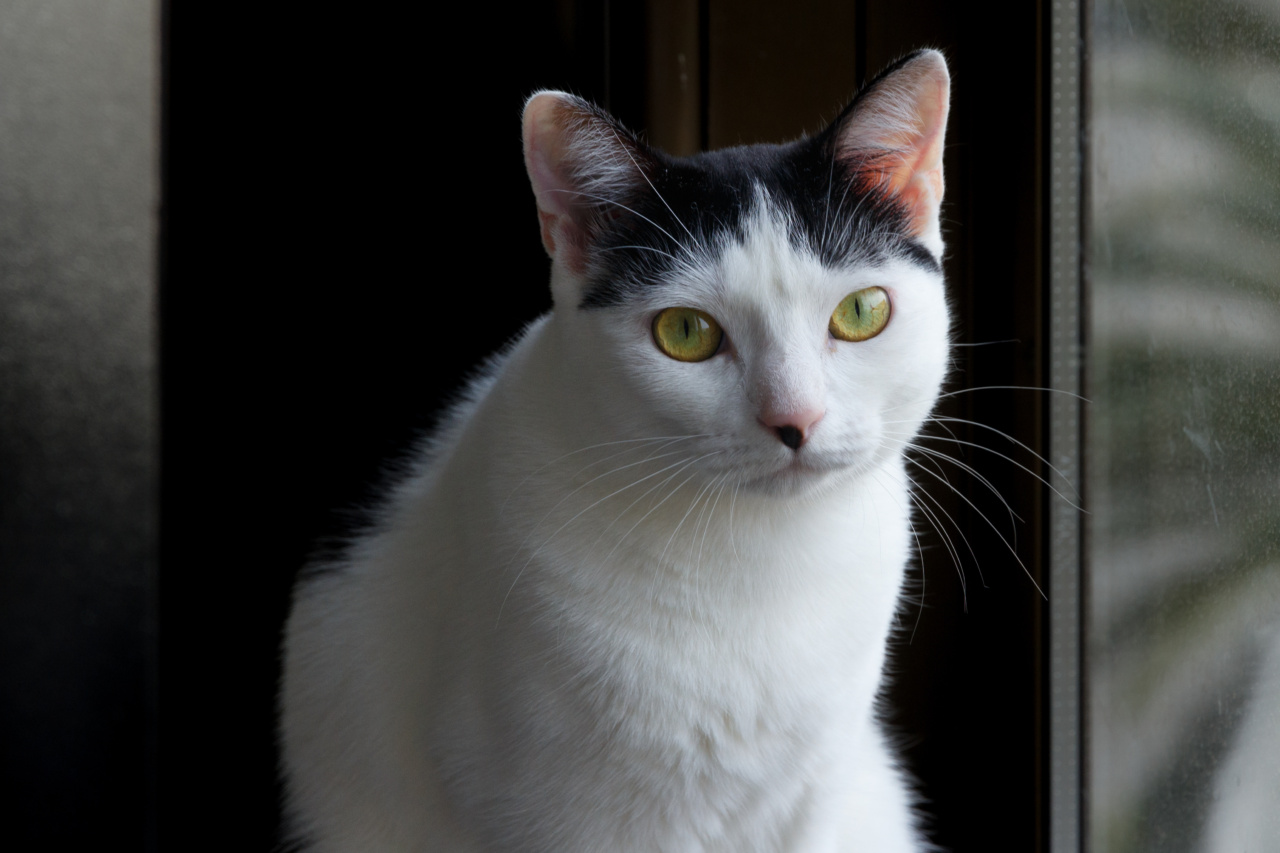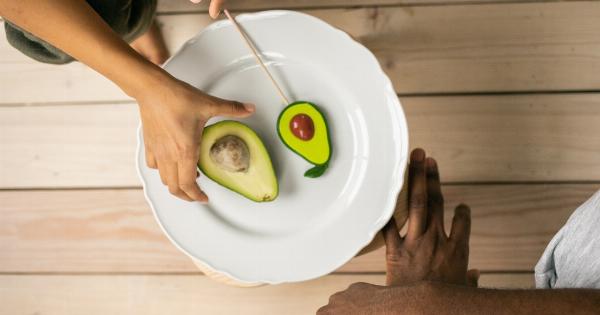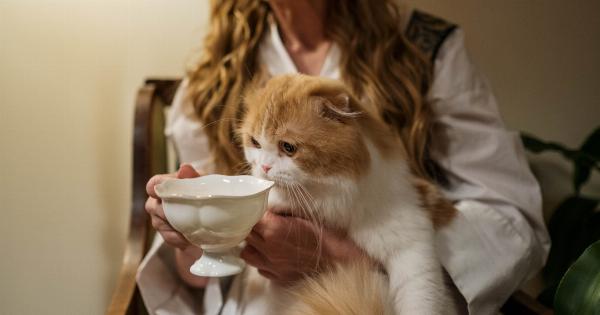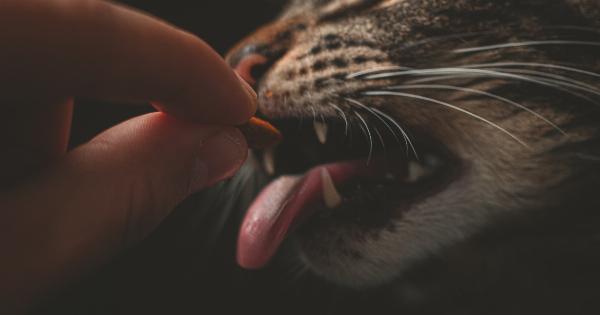As a devoted cat owner, you likely always want to provide your feline friend with the best when it comes to their diet.
While cats are obligate carnivores and primarily require meat-based foods, there’s no harm in treating them with special indulgences every now and then.
If you’re a baking enthusiast, why not combine your love for cats and culinary skills by making delicious cakes specially tailored for your furry companion? In this article, we’ll explore some exciting recipes and tips for creating cat-friendly cakes that will leave your feline foodie purring for more.
The Basics of Feline Nutrition
Before we delve into the delectable world of feline cakes, it’s important to understand the essentials of feline nutrition. Cats require a diet high in animal protein to meet their unique nutritional needs.
Unlike humans and dogs, cats lack certain enzymes crucial for the proper digestion of carbohydrates. Therefore, it’s best to avoid using ingredients such as flour, sugar, and other traditional baking staples that cats can’t digest efficiently.
Choosing the Right Ingredients
When it comes to baking cakes for cats, choosing the right ingredients is of paramount importance. Here’s a list of feline-friendly ingredients that you can incorporate into your recipes:.
1. Meat
The foundation of any cat cake recipe should always be high-quality meat. Opt for lean cuts of chicken, turkey, or beef. Steer clear of using cured or seasoned meats that contain additives harmful to cats’ health.
2. Fish
For seafood-loving felines, incorporating a small amount of cooked fish into the cake can be a treat. Be sure to remove any bones and avoid using types of fish that are known to be high in mercury such as tuna or swordfish.
3. Eggs
Eggs are a protein-packed ingredient that can be used in moderation in cat cakes. Make sure the eggs are fully cooked to eliminate any risk of bacterial contamination.
4. Baby Food
Unseasoned baby food, particularly those made with meat or fish, can serve as a flavor enhancer and help bind the ingredients together. Always check the ingredients label to ensure there are no harmful additives or seasonings.
5. Cat Food
Incorporating a small amount of your cat’s regular wet food into the cake batter can add moisture and enhance the flavor. Just be mindful to choose a high-quality cat food without fillers or artificial ingredients.
Recipes for Feline Cakes
Now that we’ve covered the essentials, let’s dive into some delightful feline cake recipes:.
1. Meat Delight Cake
– Ingredients:.
– 1 cup of cooked chicken, finely shredded.
– 1/2 cup of cooked peas, mashed.
– 1/4 cup of chicken broth.
– 1 egg, beaten.
– 1/4 cup of oat flour (you can make this by grinding oats in a blender or food processor).
– Instructions:.
1. Preheat the oven to 350°F (175°C) and grease a small cake pan with non-toxic cooking spray.
2. In a mixing bowl, combine the shredded chicken, mashed peas, chicken broth, beaten egg, and oat flour.
3. Stir until the mixture forms a thick batter.
4. Pour the batter into the greased cake pan.
5. Bake for approximately 25-30 minutes or until the cake is cooked through and golden brown on top.
6. Allow the cake to cool completely before serving it to your feline foodie.
2. Tuna Surprise Cake
– Ingredients:.
– 1 can of tuna, drained and flaked.
– 1/2 cup of mashed sweet potato.
– 1/4 cup of unsalted bread crumbs.
– 1 egg, beaten.
– 1 tablespoon of olive oil.
– Instructions:.
1. Preheat the oven to 350°F (175°C) and grease a small cake pan with non-toxic cooking spray.
2. In a mixing bowl, combine the tuna flakes, mashed sweet potato, bread crumbs, beaten egg, and olive oil.
3. Mix well until all the ingredients are evenly combined.
4. Transfer the mixture into the greased cake pan.
5. Bake for approximately 20-25 minutes or until the cake is set and lightly browned.
6. Allow the cake to cool before slicing it into small portions for your feline friend to enjoy.
Tips for Baking Success
When it comes to creating cat cakes, follow these tips for a successful outcome:.
1. Portion Control
While treats are a delightful addition to your cat’s diet, it’s important to maintain portion control. Offer cakes only occasionally and in small portions to prevent overindulgence.
2. Storage and Freshness
Store any leftover cake in an airtight container in the refrigerator. Be cautious of the storage time and discard any cake that has gone bad to ensure your cat’s health and safety.
3. Modifications
Feel free to modify these recipes to cater to your cat’s individual preferences or dietary restrictions. Consulting with your veterinarian about specific ingredients or adjustments is always a good idea.
Conclusion
Baking cakes for your feline foodie can be a rewarding way to show your love and appreciation. By selecting the right ingredients and following cat-friendly recipes, you can ensure a safe and delicious treat for your furry companion.
Remember, moderation is key, and always prioritize your cat’s health and well-being above all else. So, put on your apron, gather your ingredients, and let’s delight our feline friends with some homemade cakes!.




























